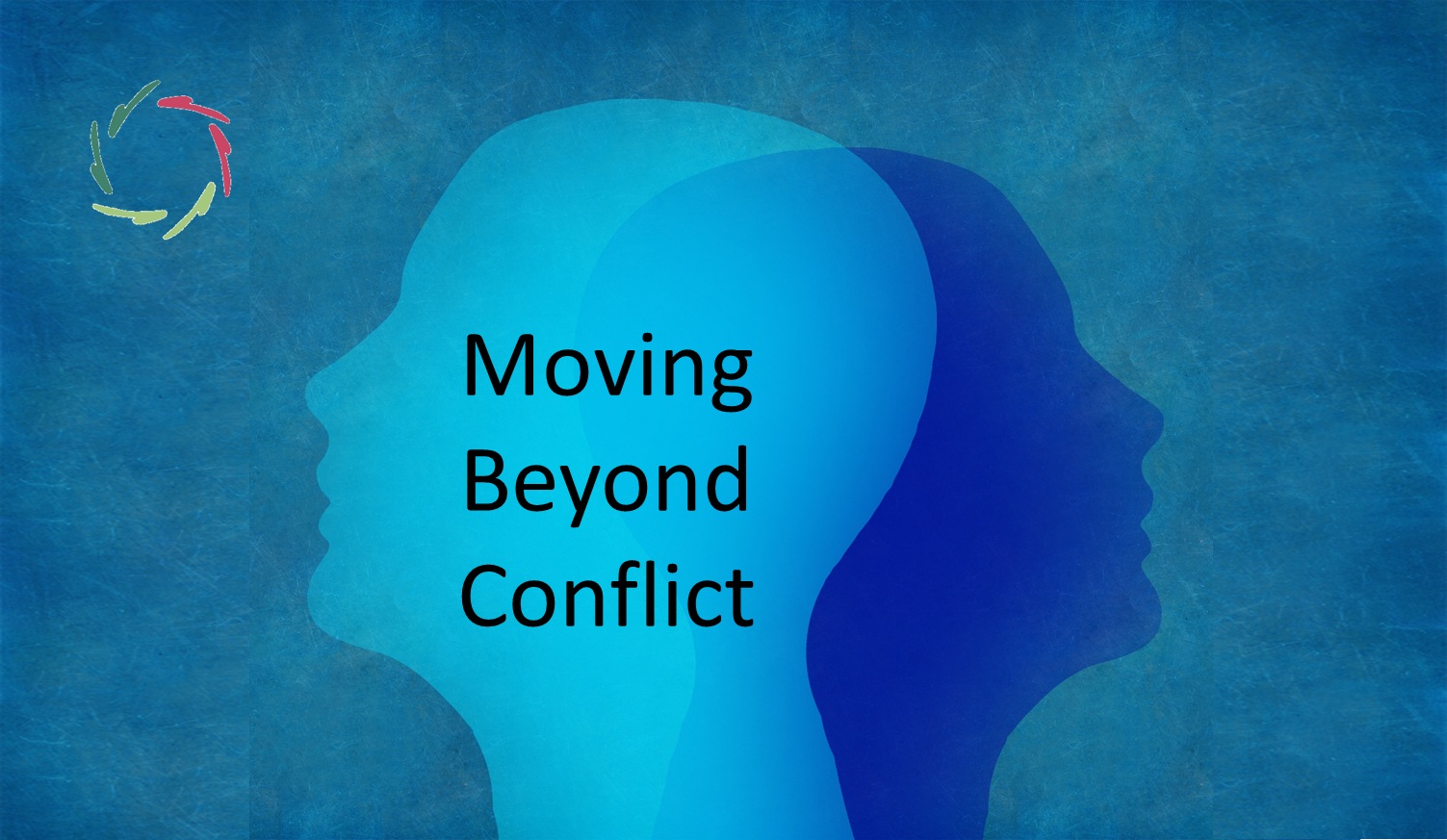About Feelers and Feelings

Please let this text sink in a little while. If you get it, it may make you more flexible.
To have or to be? That’s the question.
In mind=body unity, the human being can be seen as a body or as a set of many mental entities, including what we generally call feelings – such as sadness – and including the subconceptual mental patterns that give rise to these feelings.
A feeler (you at present) is what dynamically emerges from a consistent perspective, a self that exists as a continual ‘selfing.’ You are not a recipient containing feelings, although it may indeed seem so. Your self doesn’t exist apart from your content. Moreover, your self-as-content contextually emerges from moment to moment. You have feelings, and simultaneously, you are these feelings.
I hear some readers think, ‘wow.’
Nevertheless, this is not an esoteric mumble jumble but the logical conclusion of present-day top-notch cognitive neuroscience. It is the reality from which we can understand much that otherwise stays enigmatic forever, including in the medical domain.
Meanwhile, you are just your usual self ― no problem. The main pragmatical consequence is that you may be much more flexible than you think. This flexibility is the Inner Strength that you may Compassionately use for many good causes while taking care of natural boundaries of mental fluidity.
Conceptualized feelings
These are the end-products of subconceptual pattern formation. Conceptualized feelings are rather like things-you-can-have. You can point to them with objectified (conceptual) language, naming them as sadness, joy, anger, etc. On the other hand, through naming your feelings, you also objectify them. It’s a two-way happening.
The process of conceptualization can also be seen in two ways:
- “Objectifying feelings may help you see them as objects apart from yourself.”
versus
- “Objectifying feelings changes them into objects that can only exist apart from yourself.”
By doing so, you can compare, evaluate, generalize, or specify them or use them as building blocks in many other complex ways. However, by over-conceptualizing feelings, one takes out their living nature ― unfortunately, also their deep meaningfulness. It leads to inflexibility, to getting stuck in a story, for instance of how prior life experiences have shaped one’s present-day feelings. Such inflexibility in combination with life’s demand for growth leads to much human unhappiness.
Real-life
Real-life feelings are subconceptual patterns ― not conceptualized. They are ongoing processes, eventually being who you are. There is no distinction here between the feeler and the felt. If you take out the felt, you take out the feeler.
As ongoing processes, real-life feelings (being life itself) ask for flexibility, changeability, and growability. They are never the same, even though they may look the same.
Whether naturally or culturally influenced, a difference between men and women may be that men usually treat feelings in a somewhat more conceptualized way, with pros and cons as we know them in many cases.
As with chronic pain
Objectified pain is not the real thing. Thus, you cannot profoundly communicate with it. Nevertheless, this communication is needed to start a growth process as relevant in the AURELIS project.
But, if we denote the real thing with ‘pain,’ then who feels your pain?
Meditatively
In any closed form of mindfulness, one can objectify what is fleeting through one’s mind. But this is not a deep kind of meditation. Going deeper – in open mindfulness – one can feel any feeling losing shape. It becomes like shapeless content.
In my experience, going even deeper can lead to the sensation of a reversal: Not the feelings are in me, but I am in them. I look at them from the inside out, not as objectifiable things but as a pure environment in which one can feel suspended. In my view, these are real-life feelings being directly experienced. I dare say this is quite pleasant and always interesting.
Also, meditation shows this way that the feeler and his feelings are eventually the same.
Motivations
To motivate someone is to change his feelings. As with feelings, real-life motivations are not objectified things. That’s why it is so hard to motivate someone – including yourself – to do anything for which the real-life motivation isn’t already present. Deep motivation is challenging.
If you want someone to be motivated, you can search for a person who already is, at least partially. You can then guide the person towards a state of higher motivation ― from the inside out. Try to overlap and change together. Your self as example is a good instrument.
Higher flexibility
Seeing that you are your feelings doesn’t glue you to them.
On the contrary, it gives you the opportunity and responsibility to see them as changeable through changing yourself. That is an important step toward practically and durably accomplishing this.
It may even be the only way.


